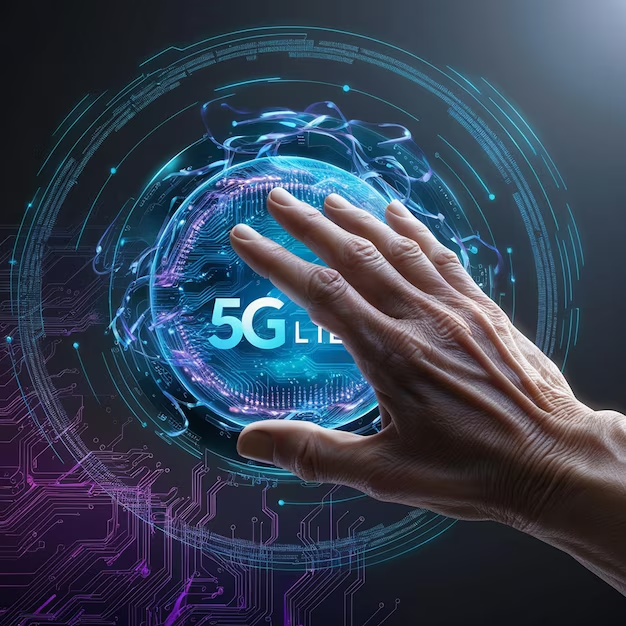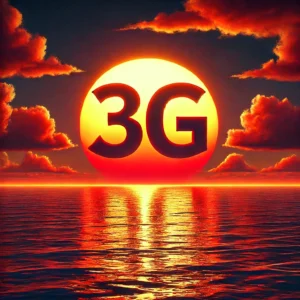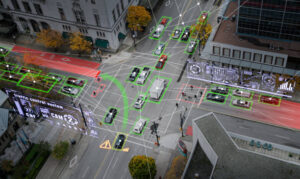The arrival of 5G has been heralded as a game-changer for the Internet of Things (IoT), offering high-speed data transfer, minimal latency, and the ability to support millions of connected devices. Industries and cities envisioned 5G unlocking innovations like smart cities, autonomous vehicles, and enhanced industrial automation. However, despite the hype, the reality hasn’t fully matched the expectations. Why isn’t 5G more prominent in the IoT landscape? This article delves into the challenges holding 5G back, how 4G still dominates, and what this means for IoT moving forward.
The Reality of 5G Deployment

While 5G holds tremendous promise for transforming IoT, the reality of its global deployment has been slower than expected. The infrastructure needed for 5G networks is complex and expensive to roll out, particularly in rural or less developed regions. Urban centers may have seen initial 5G deployment, but widespread coverage remains inconsistent.
Additionally, many IoT devices still rely on established 4G networks, which offer reliability and sufficient speed for most current applications. With the 2G and 3G network sunset on the horizon, the shift to 5G is even more critical, yet it remains a long-term transition. Read more about this in our article on 2G and 3G network sunset.
4G vs. 5G for IoT
While the world looks forward to 5G’s promises, 4G continues to be the backbone of IoT deployments. 4G provides reliable coverage, cost-effectiveness, and sufficient speed for most current IoT applications. For industries like agriculture, healthcare, and logistics, 4G’s wide availability ensures that devices remain connected and functional without the need for the advanced capabilities of 5G.
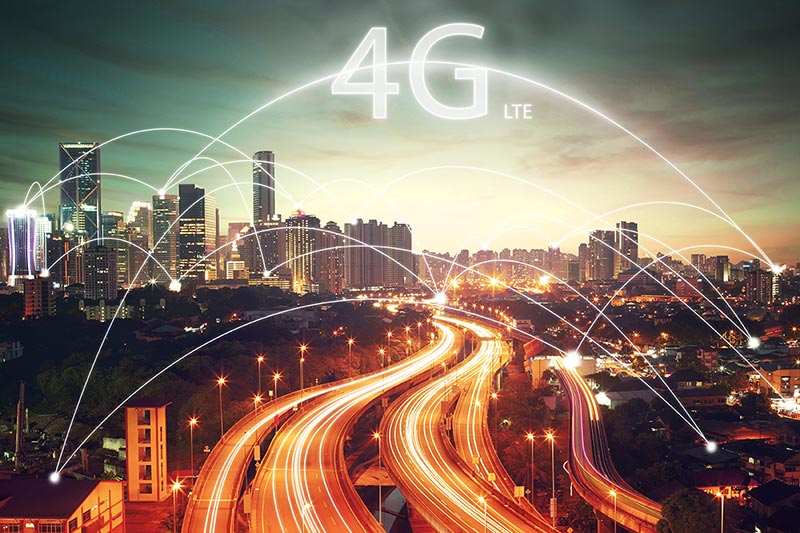
5G, by contrast, offers ultra-low latency, higher bandwidth, and the ability to support millions of devices, making it ideal for high-density environments like smart cities or mission-critical tasks such as autonomous vehicles and remote surgeries. However, the widespread adoption of 5G in these applications is hindered by infrastructure costs and the need for significant investment to ensure consistent coverage, particularly in remote areas.
Moreover, 4G will continue to be a preferred choice due to its established infrastructure and the fact that many IoT devices currently on the market are designed for 4G connectivity. Transitioning to 5G would require upgrading these devices, further increasing costs and complexity for businesses already utilizing IoT.
For more insights into the benefits of 4G in IoT deployments, read our article on Why 4G Connectivity is Ideal for IoT Solutions.
Why 5G Hasn’t Reached Its Full Potential
Despite the excitement around 5G, several factors have slowed its widespread adoption, especially in the IoT landscape. One of the key challenges is device compatibility. Many existing IoT devices are built around 4G infrastructure, and the costs associated with upgrading to 5G-capable hardware can be prohibitive for businesses.
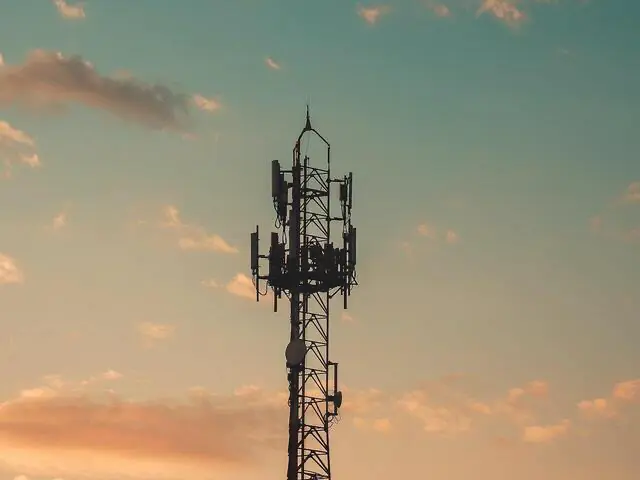
Additionally, global inconsistency in network deployment is a significant barrier. While some urban areas have begun deploying 5G, rural and less-developed regions still lack the infrastructure. Even in cities, 5G coverage is often patchy, meaning devices may not always benefit from its faster speeds and lower latency.
Another issue is cost. The investment required to roll out 5G infrastructure is high, and for many businesses, the cost-benefit analysis doesn’t yet justify switching from 4G to 5G. Many IoT projects, particularly in sectors like agriculture and healthcare, don’t yet require the advanced capabilities that 5G offers.
Moreover, SIM lifecycle management is an essential consideration. As businesses explore the transition to 5G, managing the SIM lifecycle—activation, usage, suspension, and deactivation—across a large number of devices becomes more complex. You can read more about managing the SIM Lifecycle in IoT.
Industry-Specific Use Cases and Limitations
5G has the potential to revolutionize industries, but its implementation is lagging in certain sectors. For example, smart cities could greatly benefit from 5G’s low latency and massive device support for traffic management, public safety, and infrastructure monitoring. However, industries like manufacturing and agriculture still rely heavily on 4G and other low-power technologies like NB-IoT and LoRaWAN due to cost constraints and the practicality of existing networks.

In regions where 5G deployment remains inconsistent, many companies continue to prioritize technology-agnostic solutions that allow flexibility in choosing the most efficient technology for their specific applications. Technologies such as NB-IoT and LoRaWAN are better suited for long-range, low-power applications, especially in rural areas, while 4G provides robust coverage for broader IoT use cases.
Furthermore, with the 2G and 3G network sunset underway, many companies are focused on migrating devices to reliable, well-established technologies like 4G, while still keeping an eye on 5G for future scalability. To learn more about this transition, read our guide on the 2G and 3G Network Sunset.
Future of 5G in IoT
As IoT evolves, 5G will play an increasingly important role, but it may take time for its full potential to be realized. With the 2G and 3G network sunset, many businesses are upgrading to 4G as a stable alternative, but 5G is expected to dominate future IoT deployments, especially in smart cities and industries requiring high-speed, low-latency connections. AI and machine learning will play a critical role in optimizing 5G-powered IoT networks by enabling predictive analytics, real-time data processing, and automated decision-making. This will enhance performance in smart cities and industrial applications. For more on the future of smart cities and IoT, check out our article on the Future of IoT in Smart Cities.

In the future, hybrid solutions combining 5G with technologies like NB-IoT and LoRaWAN will likely emerge, providing flexibility for various IoT needs. These integrations will optimize performance, balancing coverage, battery efficiency, and data speed, with AI systems dynamically managing network resources to ensure peak efficiency.
For more insights into why 4G remains essential and how technology-agnostic solutions can bridge the gap until 5G is fully implemented, check out our guide on Why 4G Connectivity is Ideal for IoT Solutions and Advantages of Technology-Agnostic IoT Solutions.
Conclusion and Call to Action
While 5G holds great potential, it’s clear that its widespread adoption in IoT is a longer-term evolution. For now, 4G continues to be the backbone for most IoT deployments, providing reliable connectivity at lower costs. As 5G infrastructure matures, hybrid solutions integrating 5G with technologies like NB-IoT and LoRaWAN will enhance IoT performance. Understanding this evolving landscape is crucial for businesses looking to future-proof their IoT projects.
For more insights, explore our technology-agnostic IoT solutions or contact Wagtel to learn how we can help.

